Photo Essay Ideas for Students: Visual Storytelling 101

Pictures carry meaning when words feel thin or flat on the page. Teachers assign photo essays because images train minds to think in sequence and feeling. A photo essay is not just lovely pictures; it is a shaped story told frame by frame. While some students might choose to buy dissertation support for heavy writing tasks, creating a photo essay is a project you can confidently complete on your own with clear steps. You will choose a topic, plan scenes, shoot with care, and write crisp captions. By the finish, any student can design, capture, and share a photo essay that earns praise in class and online — much like how the PaperWriter - best research paper writing service helps students structure, refine, and present their ideas with clarity and professionalism.. The roadmap begins with defining the form and its simple rules. It moves into planning with a handy storyboard template that turns ideas into shots. It covers lawful image use, so credits and licenses stay clean and correct. Finally, it closes with inspiring student-friendly examples that spark fresh approaches and bold choices. Get ready to learn visual storytelling basics and gather ideas that boost the next big project.
Defining a Photo Essay
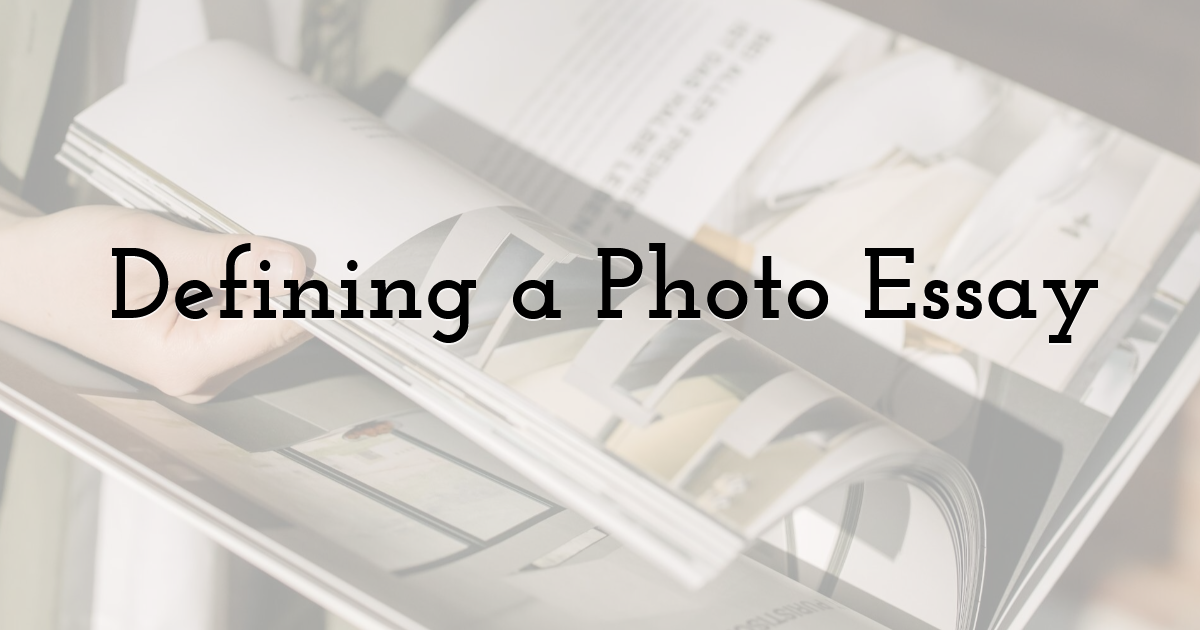
When starting any assignment, clear terms prevent doubt and wasted effort. A photo essay is a brief series of images arranged to tell a complete story, like pages in a comic. Each picture carries part of the message, while the full idea appears only when the images are seen in order. Unlike a loose slideshow of random travel shots, a photo essay holds a clear beginning, middle, and end. Students often use five to fifteen photographs, though final counts depend on topic depth and teacher time. The aim is purpose; every frame must earn its place through new detail or emotion. Pictures can show change across time, shine light on a social issue, or reveal tiny moments most people ignore. Treat each image like a sentence in a paragraph, arranged with care and intent. Use pace to build tension, highlight feeling, and lead viewers toward a thoughtful close without many written pages. Mix wide, medium, and close views, yet keep tone and focus steady from start to finish.
Picking a Story Worth Telling
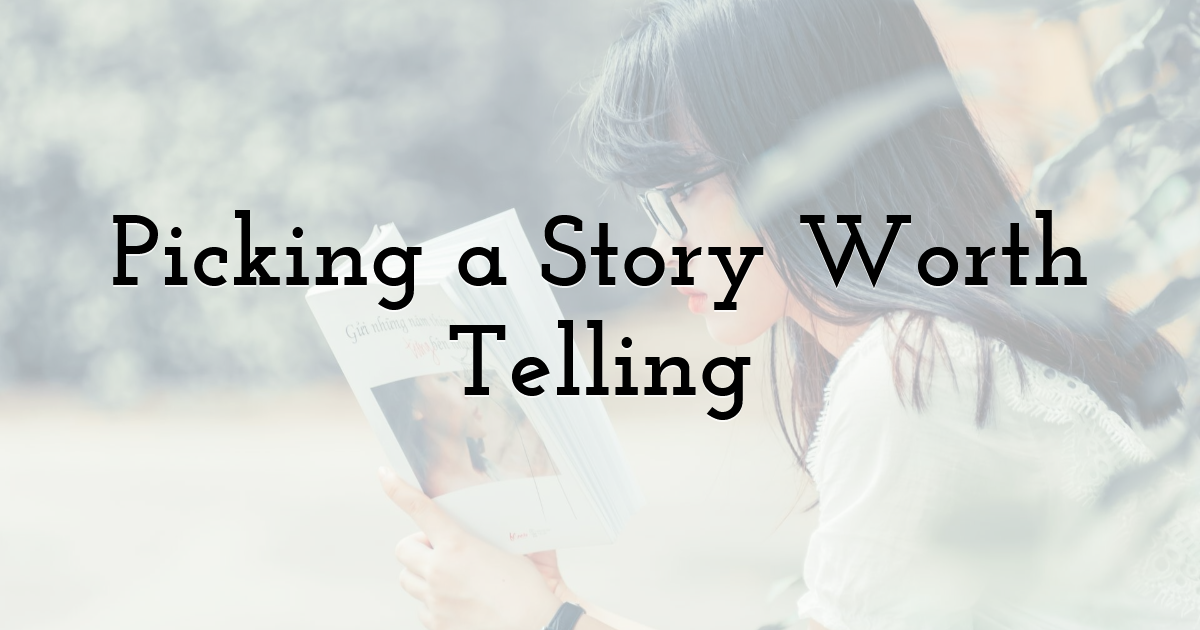
Before touching a camera, list ideas that match personal interests and the intended audience. Strong ideas often start close to home, where access and trust already exist. Consider a day with the school custodian, the slow renewal of a neighborhood park, or backstage rush before opening night. A personal link opens doors, earns patience, and brings more honest scenes. You can also explore recent events, such as local climate action or a cleanup after a harsh storm. While drafting options, note who, what, where, and why for each possible story. If the list grows too long, rank each topic by access, relevance, and emotional weight. The highest scoring subject usually becomes the winning choice, because it blends reach and meaning. A photo essay does not need distant locations or rare gear; it needs clear focus and attention.
With the right subject, even plain hallways can become rich, memorable scenes.
Planning With a Simple Storyboard Template
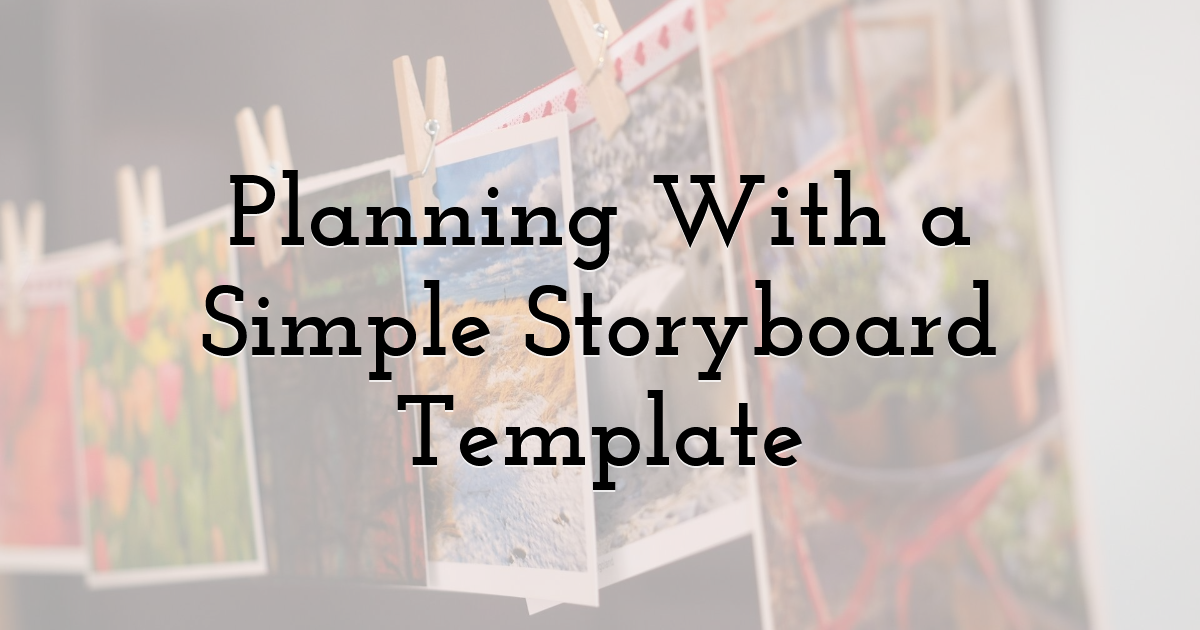
Skilled storytellers sketch before filming, and the same habit helps photographers. A simple storyboard template turns loose thoughts into a shot list you can follow. Each box on the grid stands for a planned image with a short note about angle, motion, or mood. The process may feel slow at first, yet it saves time on location and prevents gaps later. Students today use all sorts of tools to streamline learning — so, whether it's AI math solver or digital note apps, finding ways to simplify complex work is normal. Applying the same mindset here helps you see the storyboard as a problem-solver, not extra homework. Label three rows for structure: introduction, development, and climax or resolution. Fill the boxes with stick figures or quick doodles; art talent is not required here. Under each square, write the purpose, such as establishing a setting, showing conflict, or revealing change. When the finished plan looks balanced and clear, tuck it into a pocket for field use. If changes arise, erase a sketch and adjust the sequence before shooting again. Fixing the plan on paper costs little time and avoids missed moments during the real session.
Sourcing and Crediting Creative Commons Images

Many classes allow students to mix original photos with images found online, but only when rules are followed. Creative Commons images work well because license terms are clear and often free to use. Websites like Unsplash, Pexels, and Flickr Commons let you filter by license and download large files. While browsing, always read the license for each image with care and patience. Some licenses allow edits and cropping, while others restrict paid use or require sharing alike. After selecting a picture, prepare a proper credit line for the essay or reference list. A standard credit includes the photographer’s name, the title, the license type, and a working link. For example, Photo by Jane Doe, CC BY SA 4.0, with a link to the source. Place credits under each image or group them at the end if space is tight. Clear attribution shows respect for artists, teaches digital citizenship, and prevents plagiarism claims. Accurate credits are as important as light, framing, and timing in a thoughtful visual project.
Shooting and Selecting Photos

Once planning is complete, pick up the camera and bring the plan to life. Begin with wide shots that set the place, like school gates at sunrise or empty halls at dawn. Move closer for medium views that introduce people and reveal actions with context. Finish with close shots of hands, textures, or faces to show emotion and fine detail. Capture far more frames than seem needed, since one strong image often appears for every ten attempts. After shooting, copy files into a folder and review them on a large screen. Delete obvious duplicates and blurry frames first to clear noise from the set. Then make hard choices using three firm standards for selection and flow. Keep images that advance the story, add new information, and spark feeling without confusion. By curating with care, students ensure every chosen frame earns its space and pushes the narrative forward. A tight sequence beats a bloated gallery and keeps viewers focused from start to finish.
Crafting Strong Captions: Writing Tips That Work
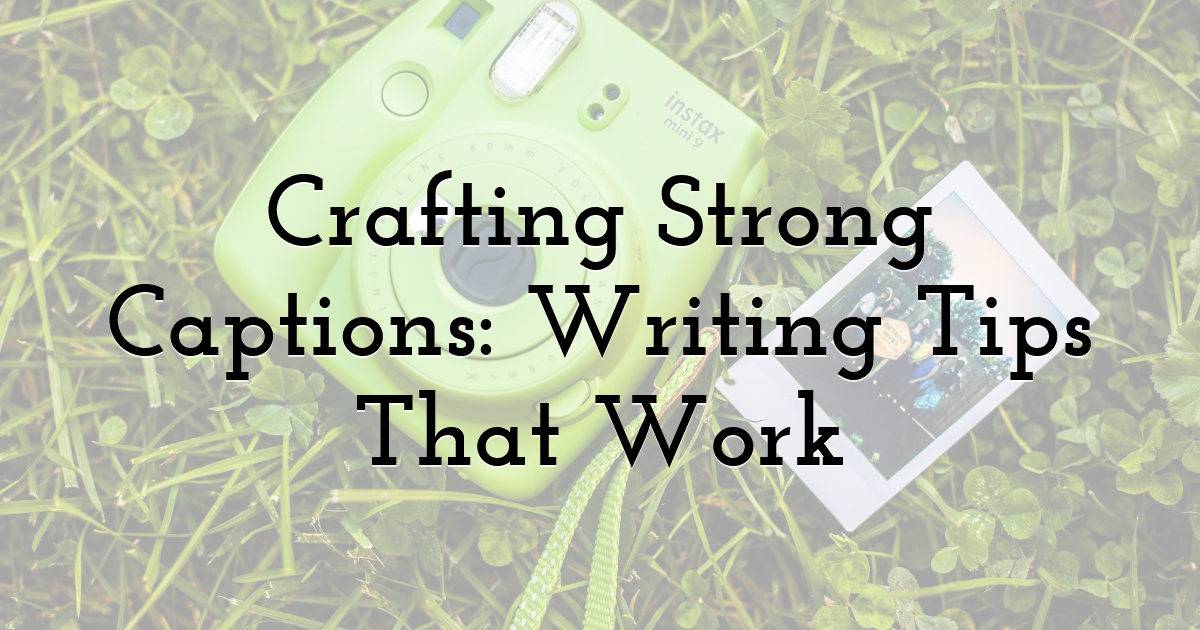
Captions guide viewers through the meaning that images hint at but cannot fully explain. Without them, readers miss small details or misread a scene due to limited context. Strong captions stay short, precise, and aligned with the essay’s purpose and tone. Cover the five Ws in one concise line, while skipping flat statements that describe the obvious. Add context or feeling that the picture alone cannot convey, like Maria waits backstage minutes before her first speech. Use one tense across the set, often present, to create urgency and a steady rhythm. Check spelling of names, places, and dates, since accuracy builds trust with your audience. Match wording to the theme, playful for a pet fair and serious for an environmental protest. Draft three versions for every caption, read them aloud, and keep the strongest choice. Well-written captions raise even average pictures, turning a solid photo essay into a lasting experience.
Arranging the Essay for Maximum Impact

With images chosen and captions drafted, the next step is arranging the sequence for impact. Open with a hook image that surprises, delights, or challenges the viewer right away. Follow with two or three frames that set the place and introduce the central person or issue. Build tension through the middle by mixing wide and close views for a lively rhythm. Avoid monotony by changing vantage points while keeping tone and story direction steady. Place the most powerful picture near the end so it acts like a clear peak. Close with a resolution image that offers calm, reflection, or a measured call to act. Use a free gallery or simple slideshow tool to shuffle order and test pacing. Every change alters timing and emphasis, much like moving paragraphs in a written piece. Share a draft with fresh eyes to spot rough jumps or missing information, then adjust until the flow feels right.
Inspiring Photo Essay Examples for Students

Several strong photo essay examples for students sit only a click away and reward careful study. National Geographic’s A Day in the Life of a Child Miner uses five images to reveal harsh truths with dignity. TIME’s First Day Back follows a high school reopening after a natural disaster, showing time-based storytelling strength. BuzzFeed’s Rescue Dogs Before and After Adoption uses contrast to win hearts. In many classrooms, teachers highlight alumni work, like a senior’s report on cafeteria waste or a freshman’s identity portraits. While reviewing these examples, notice how creators use angles, light, and captions to lead viewers. Observe photo counts, pacing, and theme growth across the sequence, not just one standout frame. Borrow techniques, not content, and let those tools raise your voice. With practice and careful study, new storytellers can lift their craft to confident, professional standards.
Wrapping Up: From Classroom to Community
A photo essay does not end when the teacher marks a grade in the book. The project gains value when it reaches people beyond classroom walls. Share on the school website, post a scrolling gallery on social media, or print a hallway display. Public exposure draws feedback from friends, families, and community leaders, turning a class task into civic talk. Before posting, confirm that every credit line is correct and readable in the final layout. Secure permission from subjects using simple model release forms that explain use and reach. Add a short reflection on skills gained and feelings faced, so audiences grasp the creator’s growth. If contests appeal, many youth magazines and nonprofits host yearly visual storytelling competitions with clear rubrics. Entry guidelines often match the steps in this guide, from planning to captions and sequencing. By taking work from assignment to public stage, students reinforce skills, build confidence, and may spark change. Strong stories deserve viewers, and careful images can move hearts long after class is over.
Until next time, Be creative! - Pix'sTory
Recommended posts
-

How to Add Photos & Illustrations
Read More › -

5 Ways to Recover Deleted Photos
Read More › -
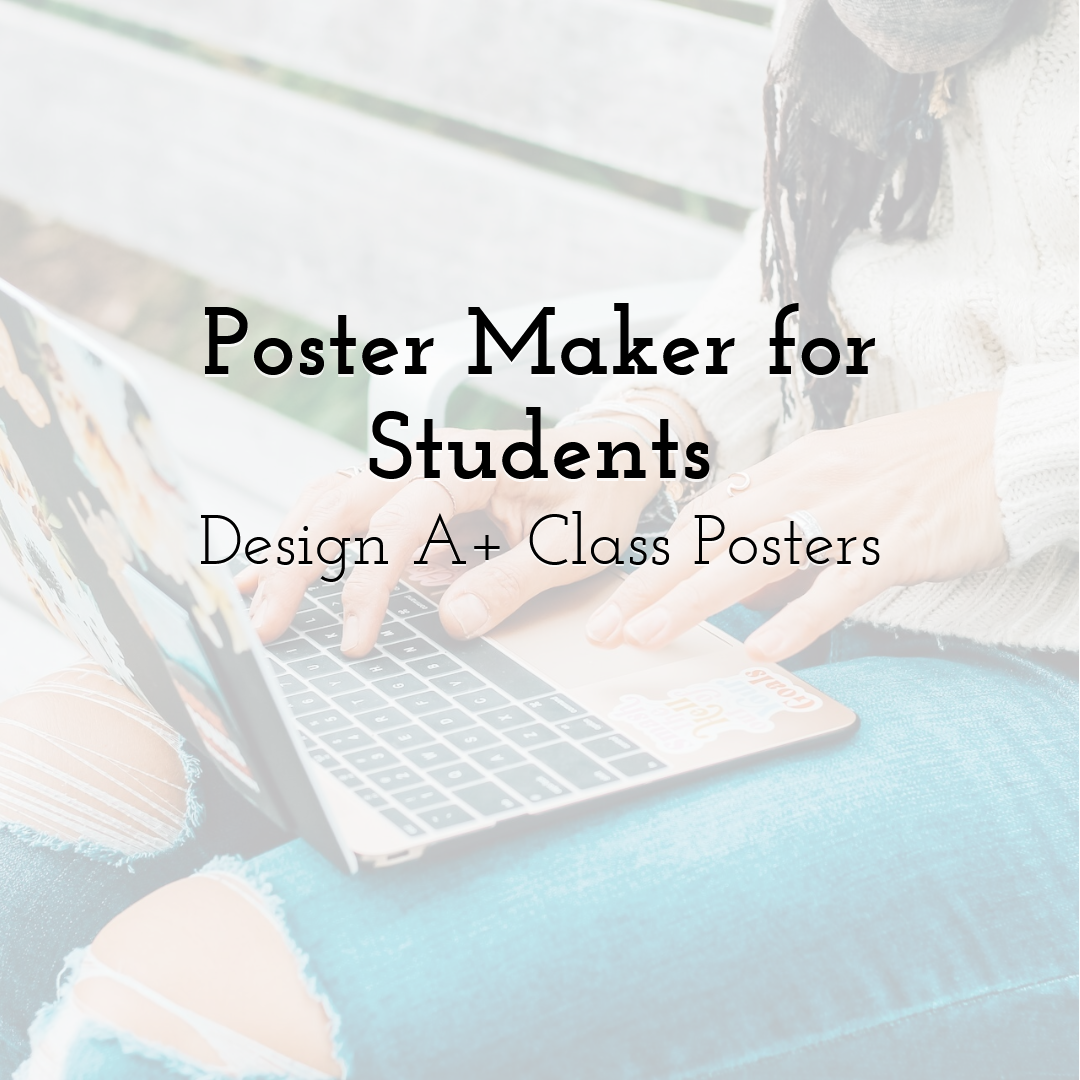
Poster Maker for Students: Design A+ Class Posters
Read More › -

Your Guide to Starting a Photography Career
Read More › -
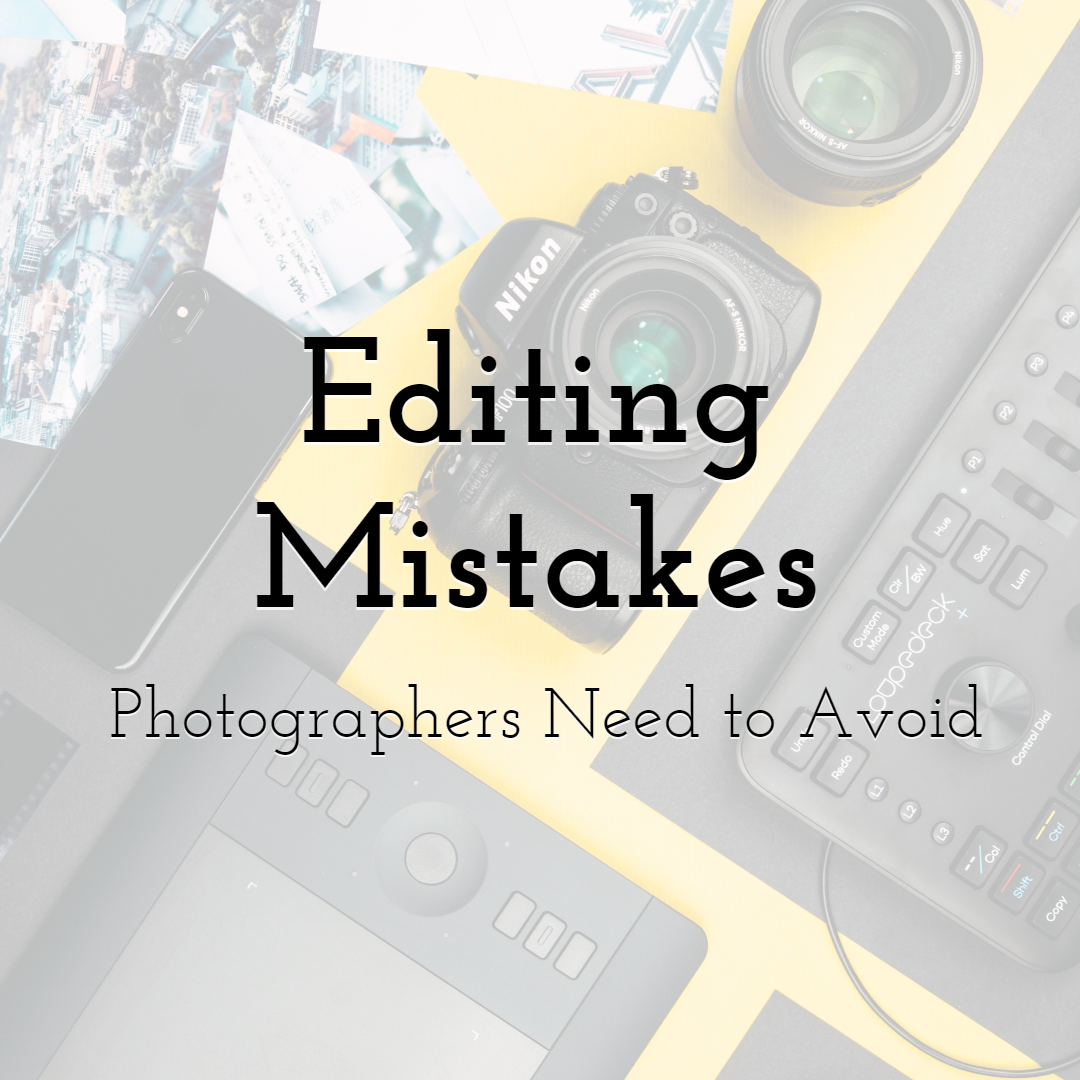
Editing Mistakes Photographers Need to Avoid At All Costs
Read More › -

Photo Essay Ideas for Students: Visual Storytelling 101
Read More ›
